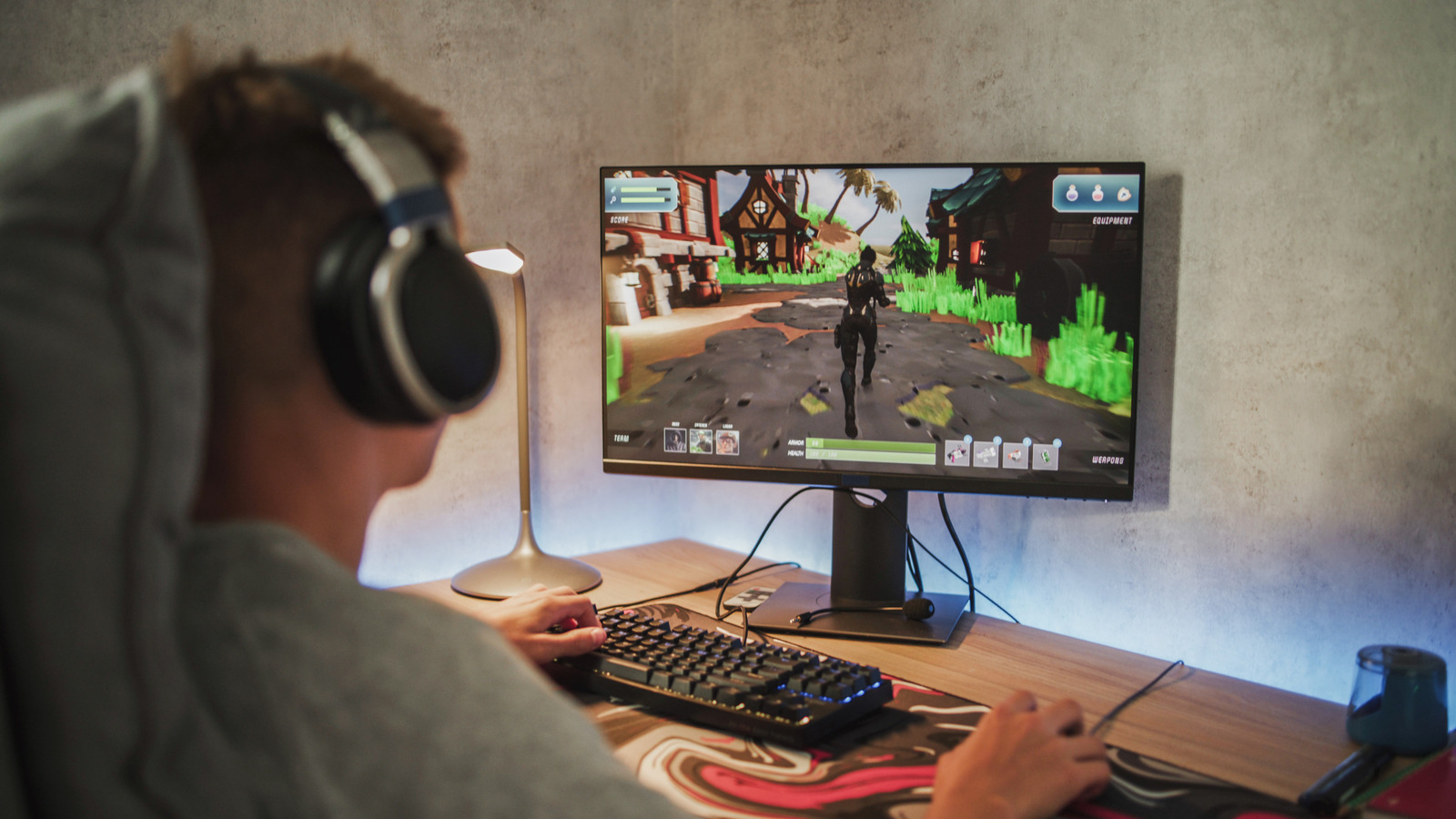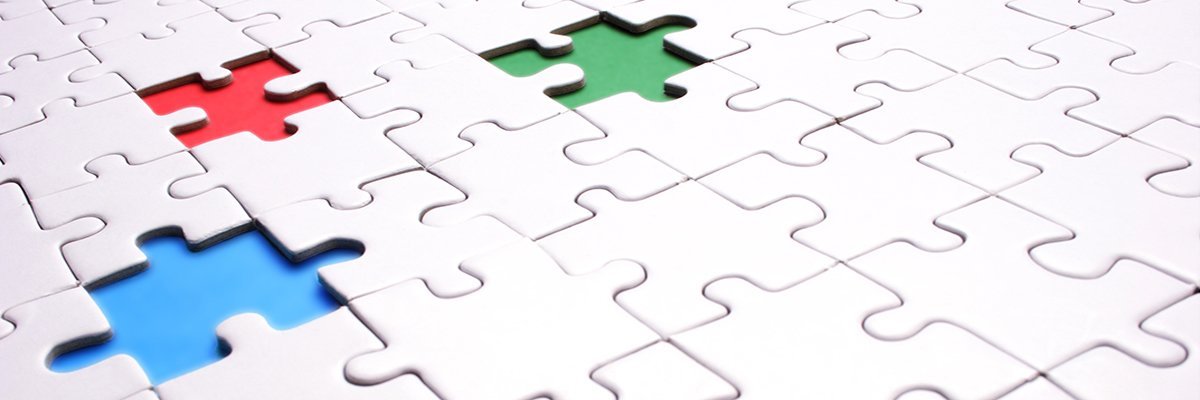Don’t miss out on our latest stories. Add PCMag as a preferred source on Google.
Researchers from Uppsala University and the University of Gothenburg have developed a new type of e-paper pixel that can be as small as 560 nanometers—a fraction of the size of even micro-OLED diodes, which are among the smallest options available to display manufacturers.
As TechSpot reports, this could enable pixel densities in the thousands of pixels per square inch, far more detailed than even the best modern display. It could unlock a whole new range of e-book readers and similarly easy-on-the-eye displays for all kinds of purposes.
The greatest strengths of E-Ink displays are their low power consumption and ease of viewing. They’re typically far more comfortable to stare at for long periods than traditional display types, but they just can’t match LCD or OLED in terms of contrast, color, and detail. But researchers may have solved at least part of that problem. The new anti-glare display type could deliver significantly higher pixel densities, potentially allowing incredibly detailed images to be displayed at lower power and with greater care for eye comfort, and much more besides.
Building “Retina E-Paper” pixels involves injecting “tungsten trioxide nanodisks through a reversible insulator-to-metal transition on electrical reduction,” according to the proposal. This enables the creation of pixels that are approximately 560 nanometers across, as opposed to the five-micrometer diameter of even micro-OLED pixels.
(Credit: Nature)
Modern smartphones have pixel densities ranging from 300 to 500 pixels per inch. These new Retina E-Paper pixels could be crammed into a device at 25,000ppi, allowing for super-detailed e-paper phones, monitors, and even TVs. It also raises the prospect of even smaller, yet still detailed displays, such as those in smart glasses or even on a smart contact lens.
Recommended by Our Editors
The new display technology doesn’t sacrifice E-Ink’s usual strengths, either. They would have strong contrast and visibility when in direct sunlight—much better than traditional LCDs backlit by LEDs, and they use far less power, too. Indeed, researchers believe they can get the power use down to just 0.5 milliwatts per square centimeter with static images, or up to 1.7 milliwatts per square centimeter for video. That’s far less than even the E-Ink displays we have today.
There are still downsides, though. It’s not possible to deliver color in the same way as LCD or OLED, and it is currently limited to 25Hz refresh rates. It’s also still a proof-of-concept technology, so it’s unlikely to replace your gaming monitor anytime soon.

Get Our Best Stories!
Your Daily Dose of Our Top Tech News

By clicking Sign Me Up, you confirm you are 16+ and agree to our Terms of Use and Privacy Policy.
Thanks for signing up!
Your subscription has been confirmed. Keep an eye on your inbox!
About Our Expert

Jon Martindale
Contributor
Experience
Jon Martindale is a tech journalist from the UK, with 20 years of experience covering all manner of PC components and associated gadgets. He’s written for a range of publications, including ExtremeTech, Digital Trends, Forbes, U.S. News & World Report, and Lifewire, among others. When not writing, he’s a big board gamer and reader, with a particular habit of speed-reading through long manga sagas.
Jon covers the latest PC components, as well as how-to guides on everything from how to take a screenshot to how to set up your cryptocurrency wallet. He particularly enjoys the battles between the top tech giants in CPUs and GPUs, and tries his best not to take sides.
Jon’s gaming PC is built around the iconic 7950X3D CPU, with a 7900XTX backing it up. That’s all the power he needs to play lightweight indie and casual games, as well as more demanding sim titles like Kerbal Space Program. He uses a pair of Jabra Active 8 earbuds and a SteelSeries Arctis Pro wireless headset, and types all day on a Logitech G915 mechanical keyboard.
Read Full Bio









